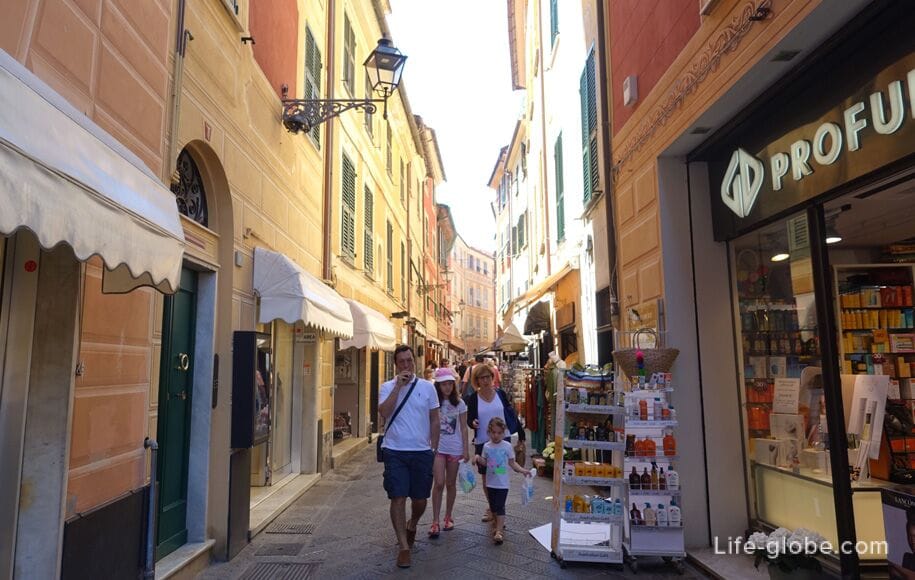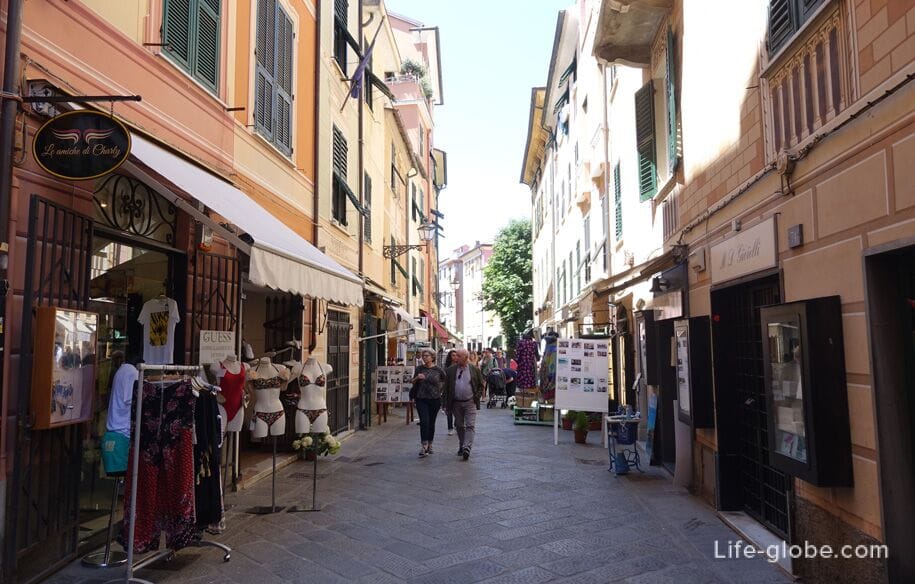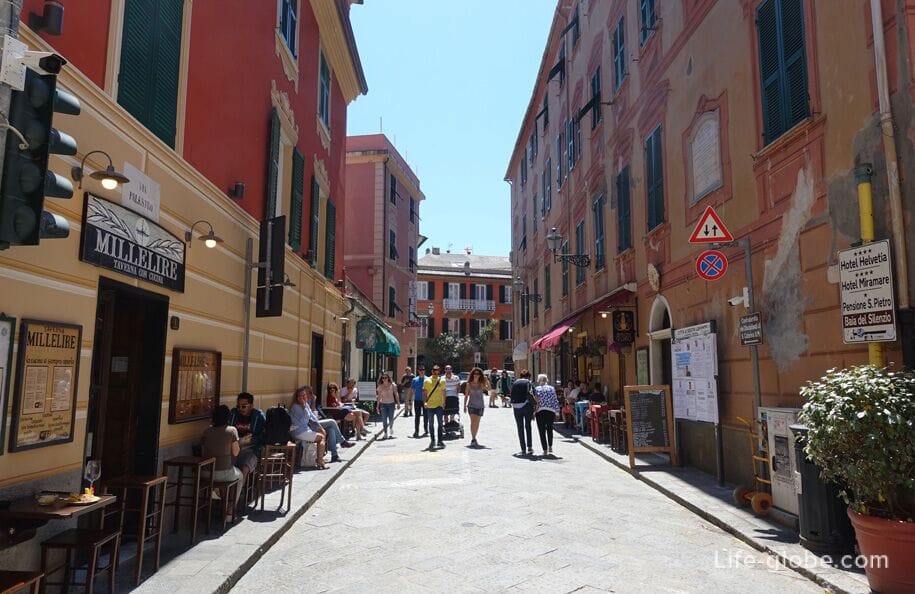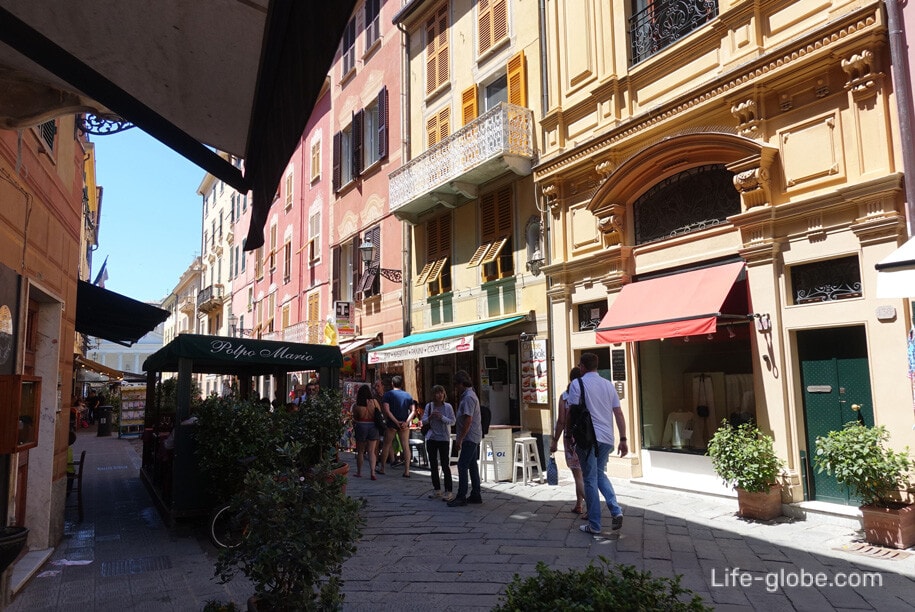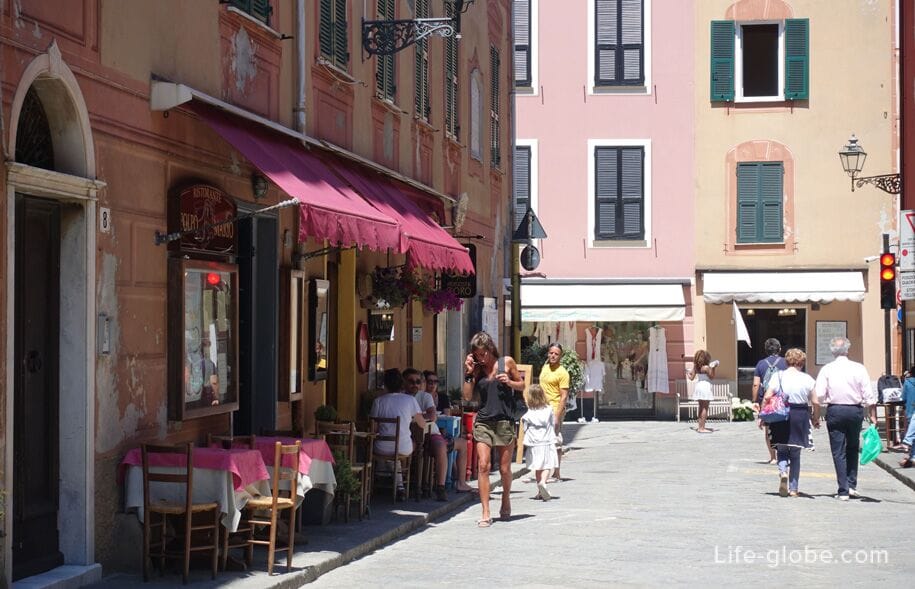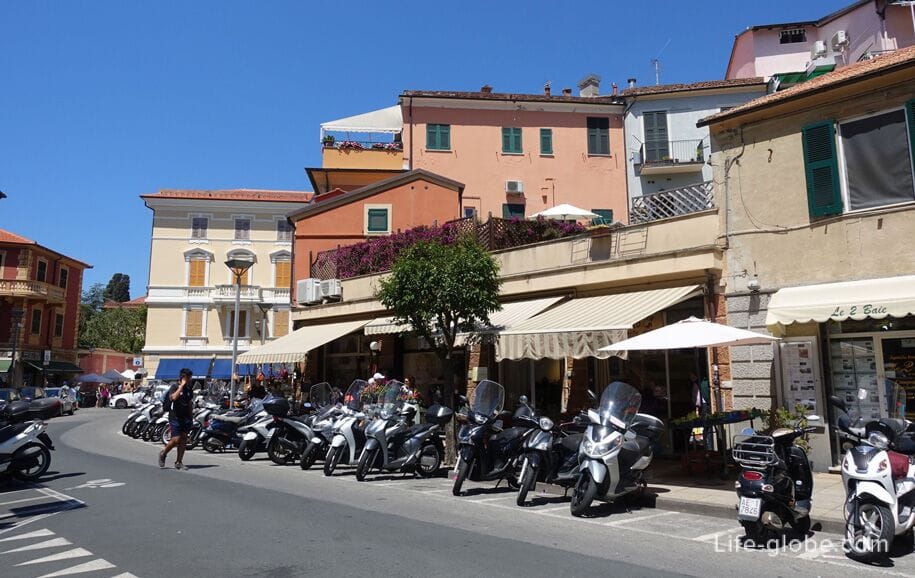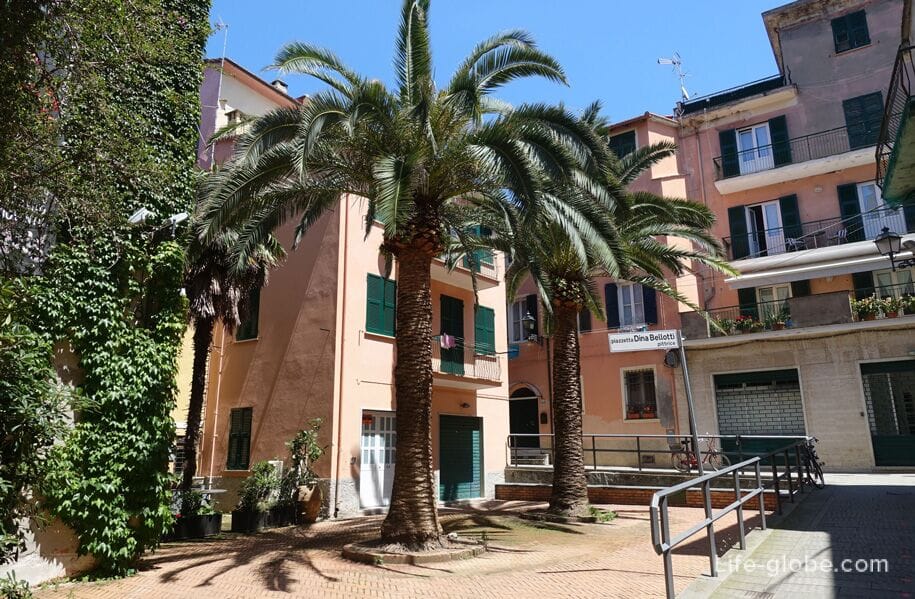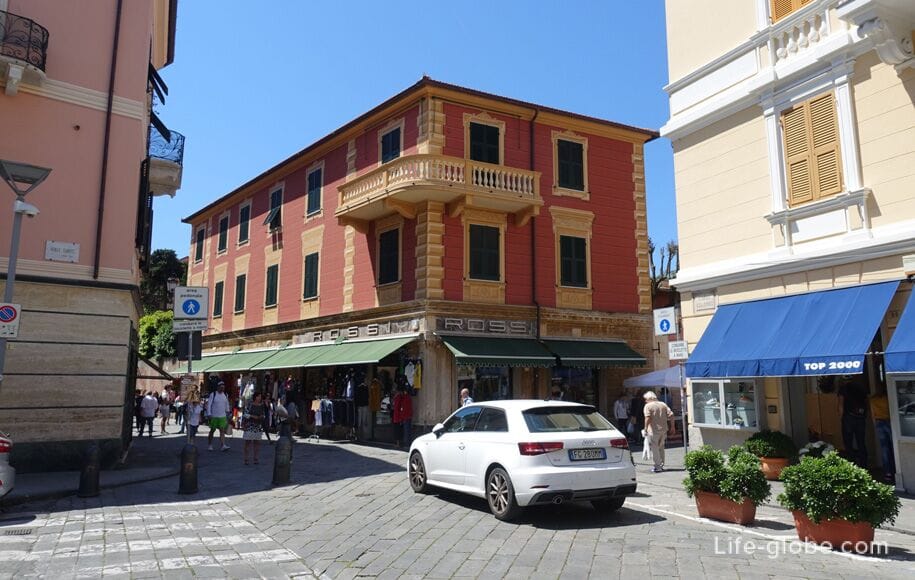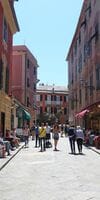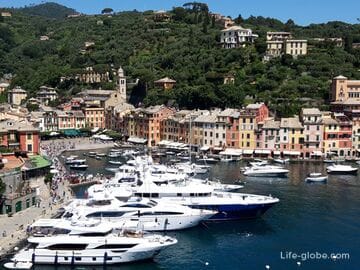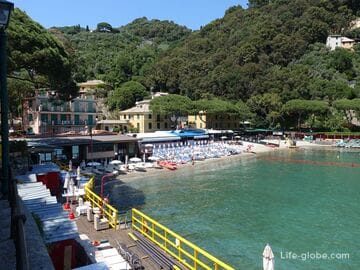The historical centre of Sestri Levante, takes two of the Bay: the Bay of Fairytales and the Bay of Silence, separated by an isthmus that connects a large rocky promontory, the old part of the resort with the mainland.
The Cape and isthmus form the Peninsula of Sestri Levante. This part of the city is its historic center, where are concentrated the main tourist life.
The historic centre of Sestri Levante is characterised by two quays, an intertwining of a few narrow streets, along which historical buildings are located close to each other, on the first floors of which there are shops and souvenir shops, as well as an abundance of cafes and restaurants with open-air tables.
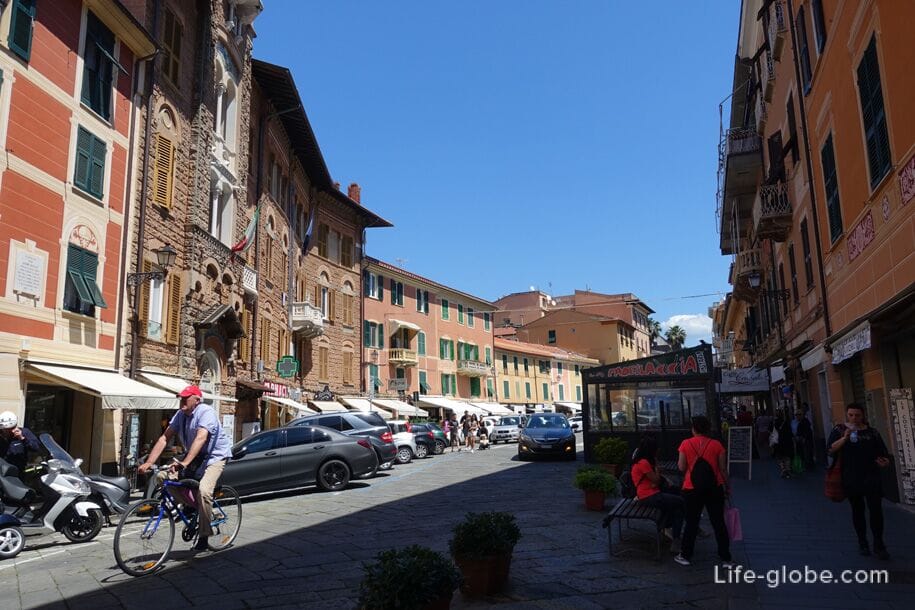


The bays of the historic center of Sestri Levante
Due to its geographical position of Sestri Levante called the "City of two seas".
The Bay Of Silence
The Bay of Silence (Baia del Silenzio) is a small and most picturesque of the two bays.
In the middle of the Bay is the beach, which is a narrow sandy, sometimes sandy-pebbly band, with one side separated from the main part of the city in a tight row of colorful buildings, a typical Ligurian style, and the waters of the Ligurian sea. Read more about the Bay of Silence...
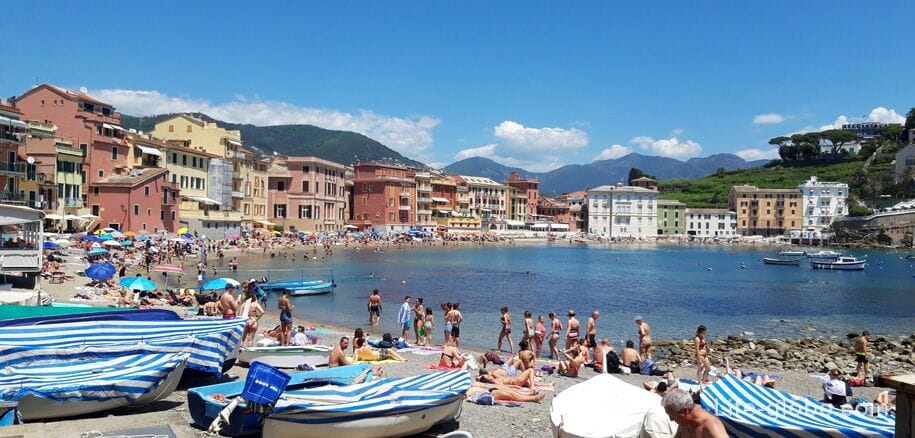

The Bay Of Fairy Tales
Bay of Fairytales and the Bay of Fables (Baia delle Favole) - greater Bay, within which is a small port, sandy and pebble beaches, along which lies the long, picturesque promenade, which is a popular place for walks and rest. Read more about the Bay of fairy Tales...
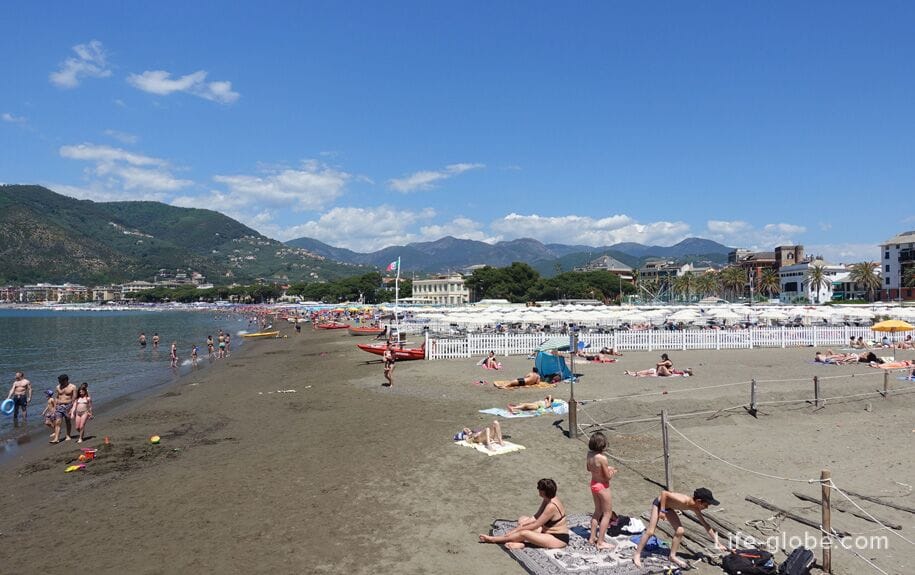
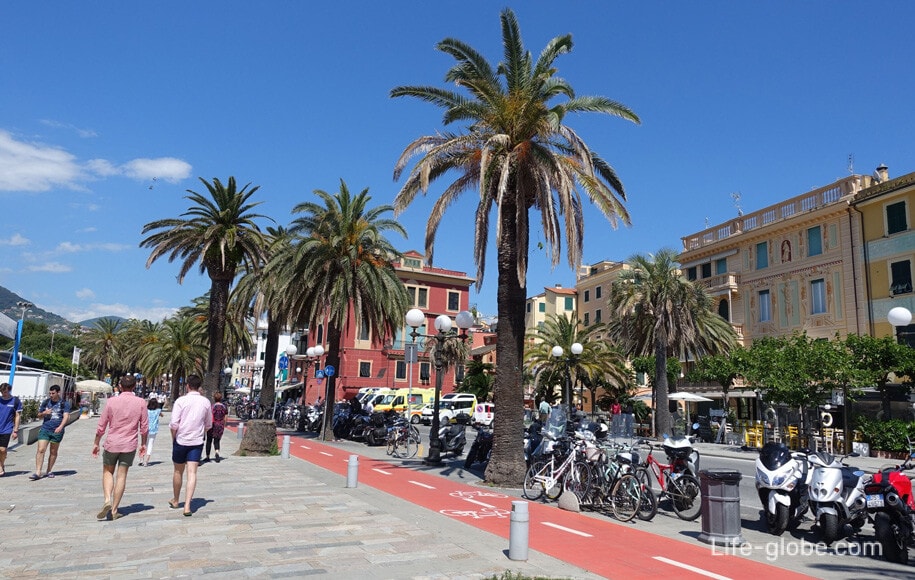
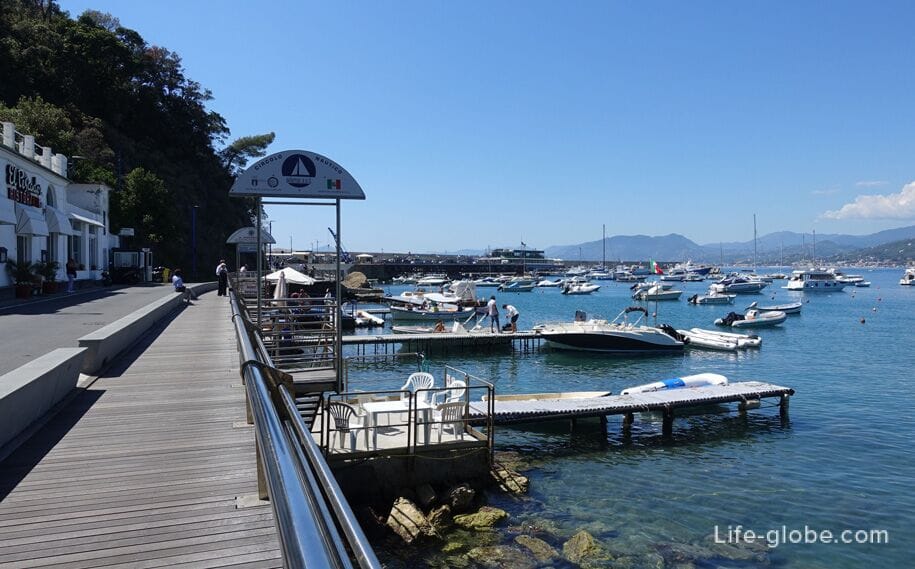
The sights of the historic center of Sestri Levante
The bulk of the attractions of the historic centre of Sestri concentrated in the old part of the city.
The Giacomo Matteotti Square (Piazza Giacomo Matteotti)
Giacomo Matteotti Square is a small central square located in the heart of the primary medieval village of Sestri Levante.
Within the square is notable for:
- Palace Durazzo-Pallavicini - place of the town hall of Sestri.
The palace was built in the second half of the 17th century and stores in the meeting room, on the second floor, a painting by the artist Francesco Bassano, depicting the Adoration of the Magi.
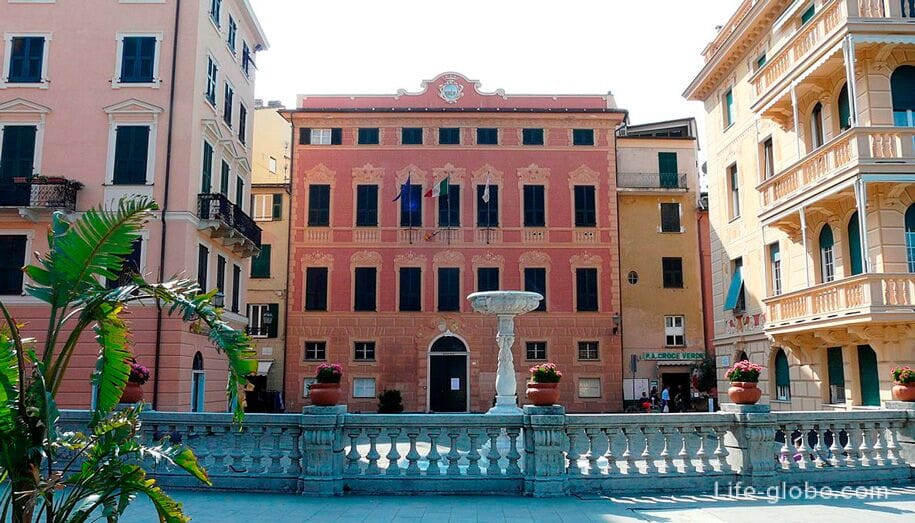
Opposite Palazzo Pallavicini there is a small fountain, and there is another historic building located right in the center of the square and conspicuous for its refined architecture;
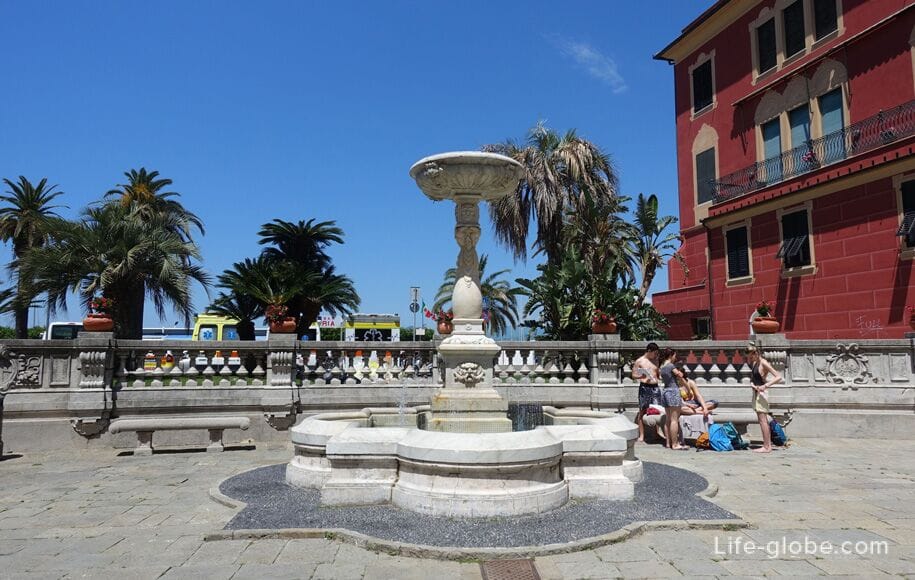
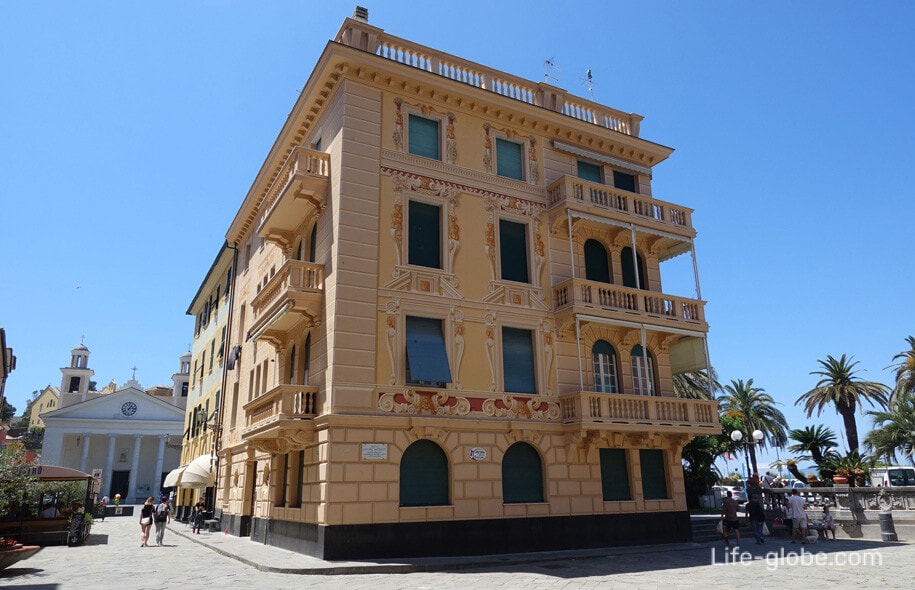
- ilica of Saint Mary of Nazareth or Santa Maria di Nazareth, built in the seventeenth century and having neoclassical pronaos.
Chapel on the site dedicated to Mary, was registered in 1368, but by 1604, after the sale of land by a local nobleman Bernardo Bolasco, construction began on the current Church.
In the 18th century, Sestri Levante was often visited by Bishop Brugnato (to the diocese of which Sestri belonged until 1959) and the church of Santa Maria di Nazareth was elevated to the rank of cathedrals.
Now from the facade of the 17th century there were two towers on both sides of the main structure. From the 19th century there is a portal above the main entrance, where there is a marble statue of the Madonna and child.
Inside the Church contains paintings of the Baroque era.
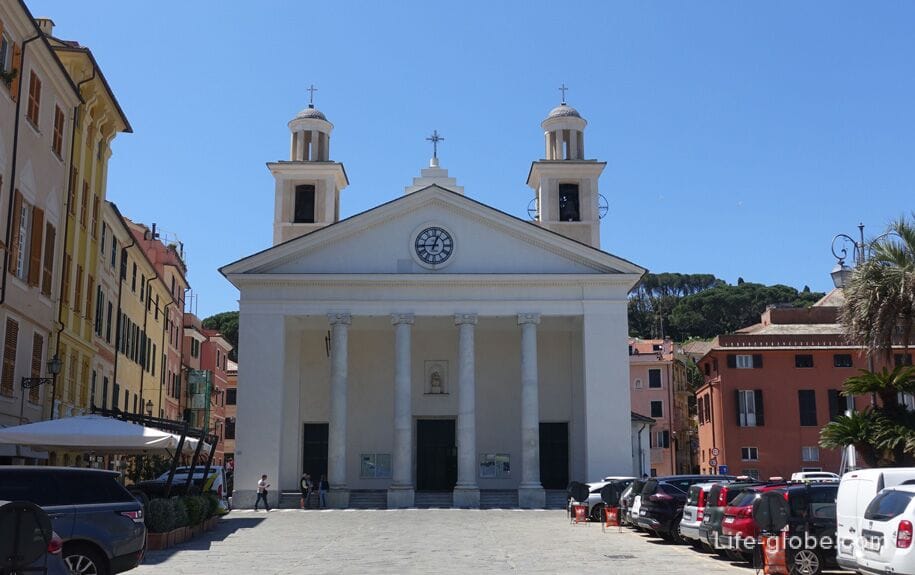
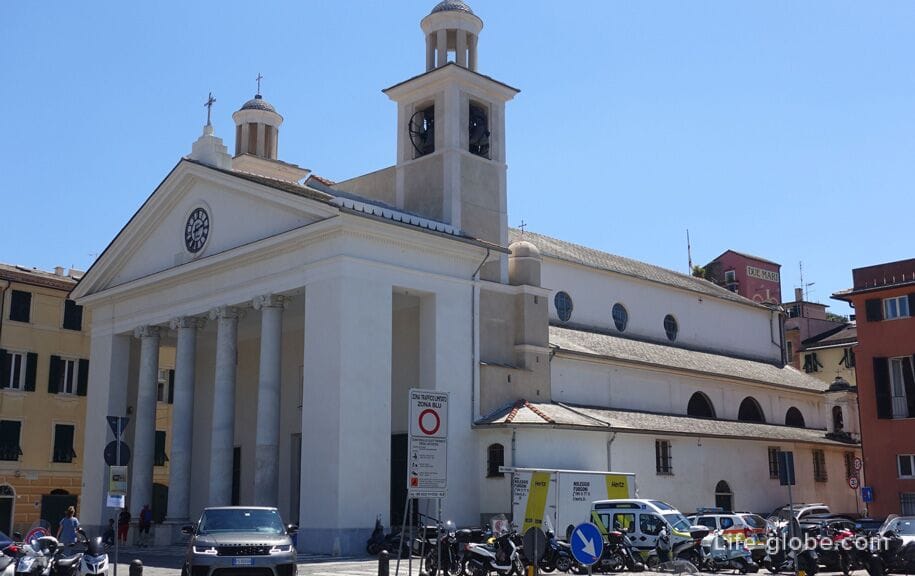
Palace Fascie Rossi (Palazzo Fascie Rossi)
Palazzo Fascie Rossi or Red Palace - the center of art and culture, - the undoubted decoration of Sestri, whose square tower, now a symbol of the city and describing the whole historical centre of Sestri Levante, rises majestically above the other buildings.
The Palace was built in the early twentieth century (1903 - 1904).
The walls of the former Palace is the headquarters of the municipal library, historical archives, archaeological and city Museum (the entrance ticket costs 5 Euros) is open to the public from spring 2013, and the tourist information centre on the ground floor.
The spacious halls of the Palace hosts concerts of classical music, conferences, various thematic meetings, exhibitions, aimed at restoring the memory of the origin of the city and the region, as well as artistic and cultural workshops for children and teenagers.
Palazzo address: Corso Colombo 50.
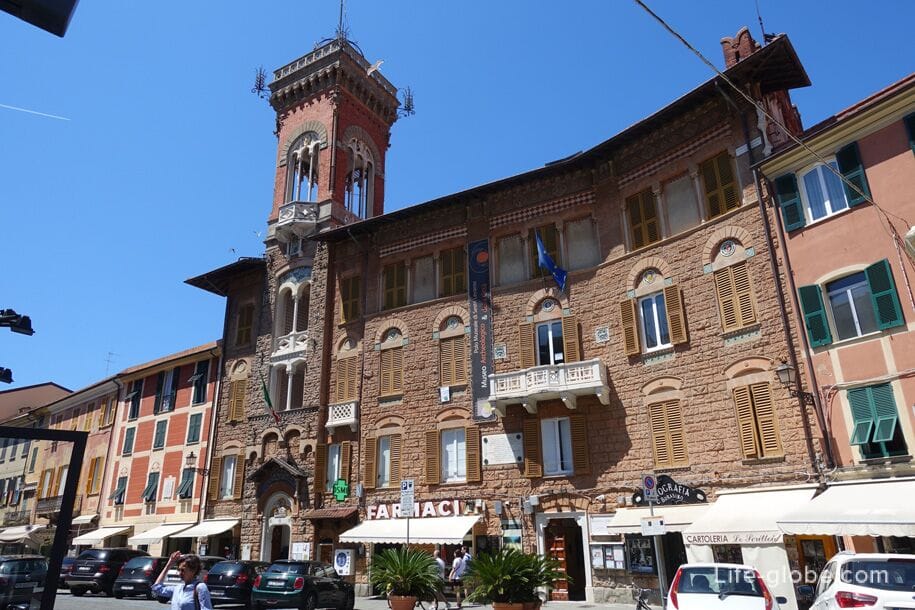
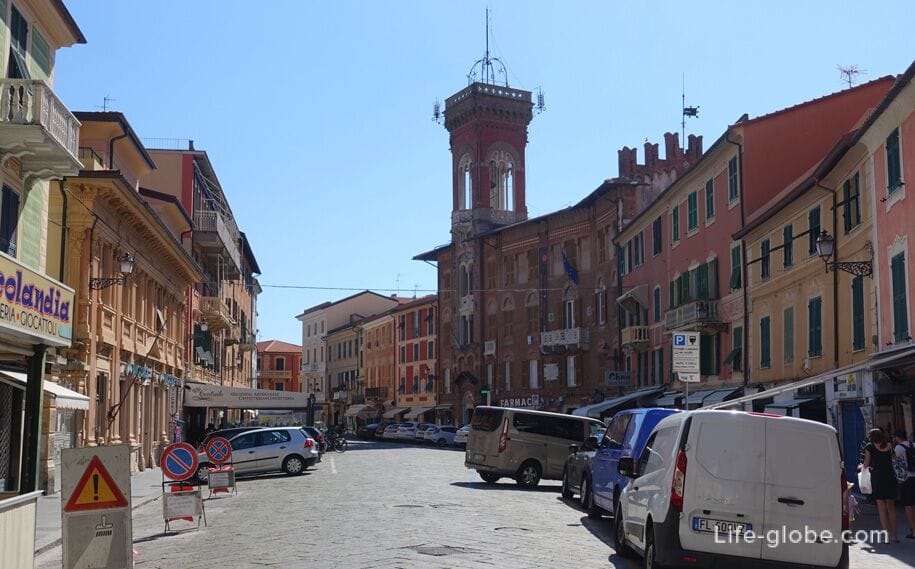
Close to the Palace Rossi, on the Republic square (Piazza Repubblica), is located the memorial and the majestic building with the clock tower and colonnaded portal, which houses a school and municipal police.
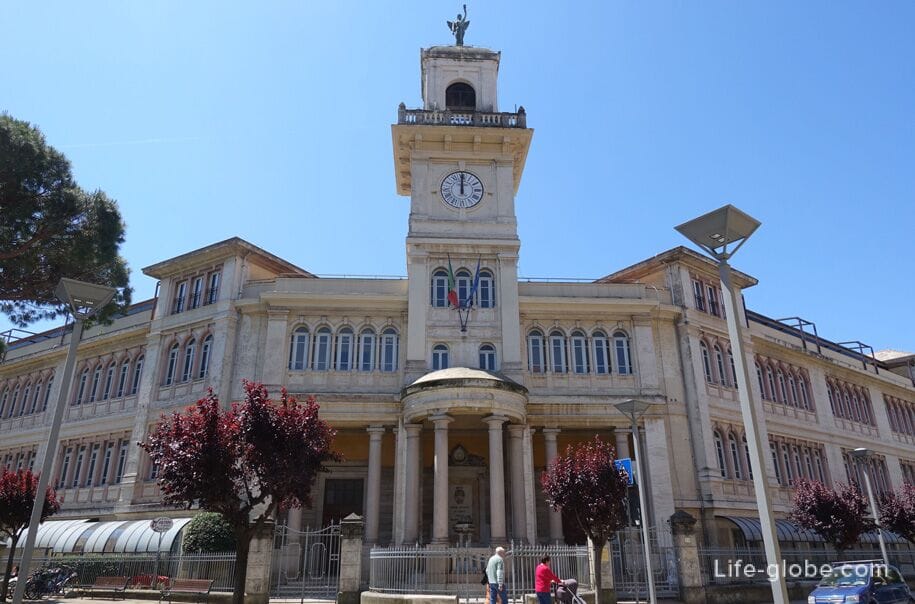
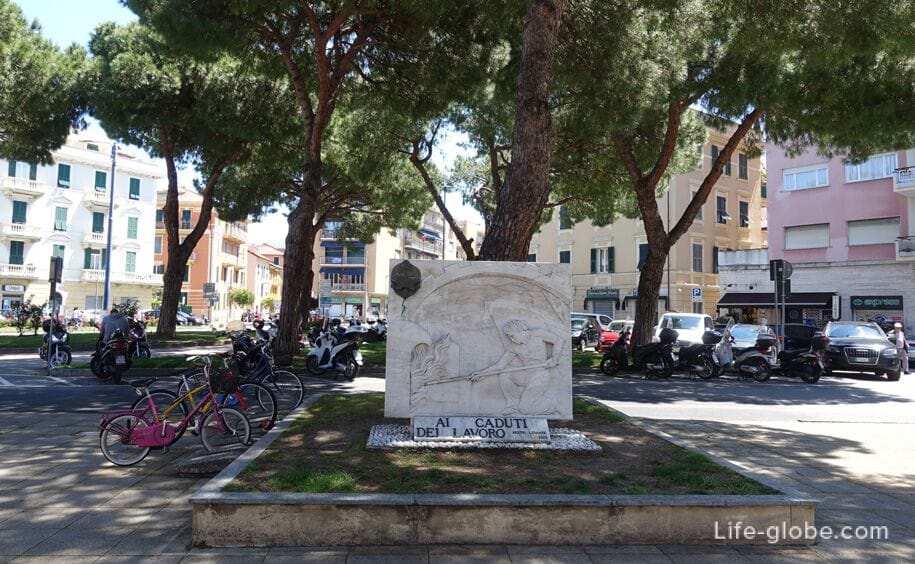
The Church of San Pietro in Vincoli (Chiesa di San Pietro in Vincoli)
The Church of San Pietro in Vincoli or St. Peter located in the heart of the historical centre of Sestri, at the following address: Piazza Italia, 4.
The Shrine was built by fathers Capuchins in 1640 with the addition of a monastery. New urbanization Sestri Levante, in the following years, no longer allowed the monks properly isolated, led to the fact that the latter prefer to move to another location, sold in 1686 the building of the secular priests of San Pietro in Vincoli.
Subsequently the whole complex has undergone several changes and extensions.

Gallery CREATINI & LANDRIANI
Near the Church Vincoli, on the Piazzetta Marcello Rizzi square (Rizzi Marcello Piazzetta, 16) is a gallery of ancient and modern art "CREATINI & LANDRIANI".
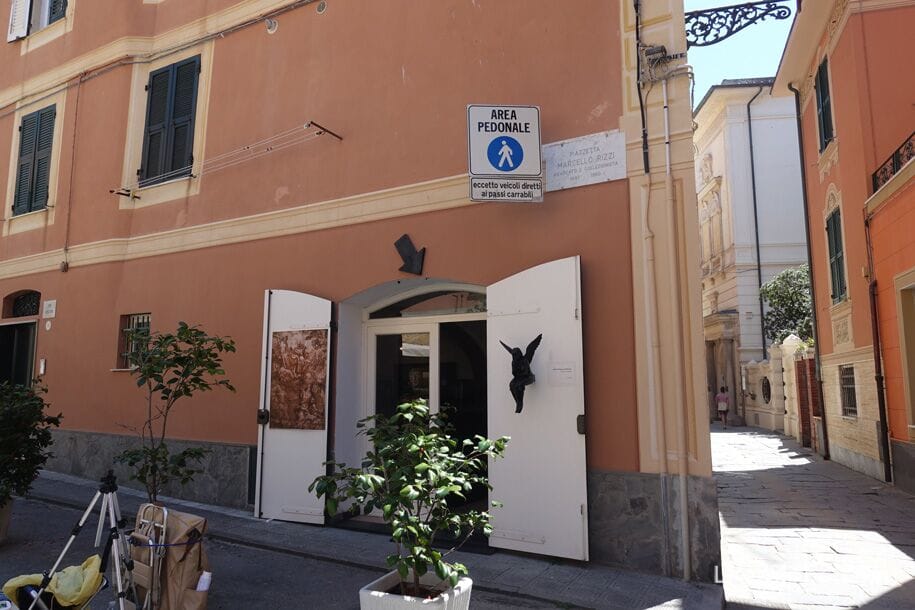
Art Nouveau Villa
The historic Art Nouveau building is located on the waterfront of the Bay of Tales.
Currently, within the walls of the Villa is a 4 star Suite Hotel Nettuno - the only one with direct access to the beach in this part of Sestri Levante.
The hotel has a private part of the beach, pool, restaurant, lounge bar and elegant rooms and suites. Room rates include Breakfast. Link to the hotel
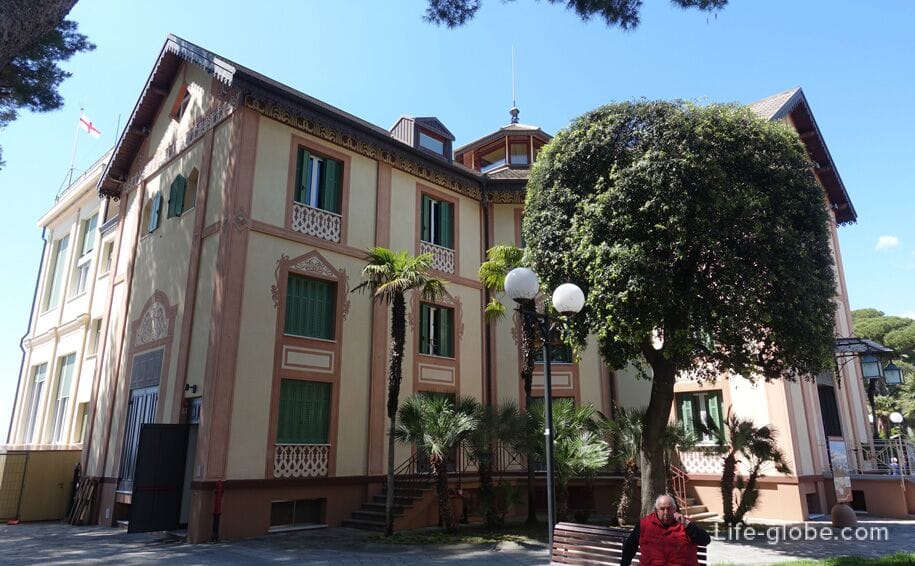
Villa Brignole-Balbi
Historic aristocratic residence built in the 17th century and located near the waterfront of the Bay of fairy Tales.
Currently, within the walls of the Villa is a 4-star Grand Hotel Villa Balbi with the inner Italian garden, private beach area, outdoor pool, free Wi-Fi, a restaurant and bar. Room rates include Breakfast. Link to the hotel
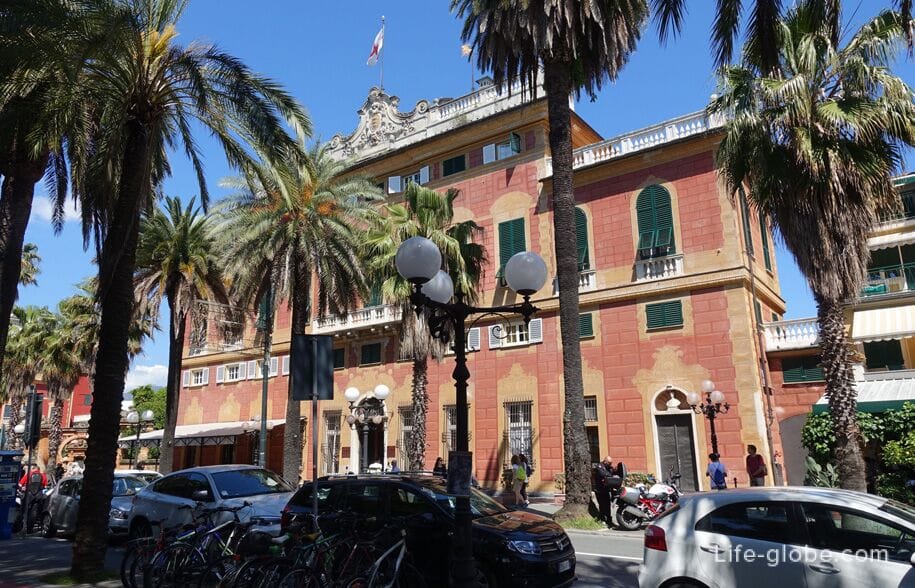
The Palace - Museum and gallery Rizzi (Museo Galleria Rizzi)
In the historical building of the Palace Rizzi with decorated facade, the latest from the Northern part of the beach of the Bay of Silence, is located right near the beach, is a Museum gallery Rizzi (Museo Galleria Rizzi).
The entrance ticket is 5 Euros. Address: Via Cappuccini, 8.
The gallery was born under the will of Marcello Rizzi, who after his death wanted his residence to become a real city museum, where artwork and objects would be exhibited to the public, which Rizzi had collected for years.
The Museum was opened in 1960. On three floors of the building are preserved and exhibited several works, including paintings by the most famous Genoese, Ligurian and emilsky artists, sculpture and ceramics, typical of Western Liguria.
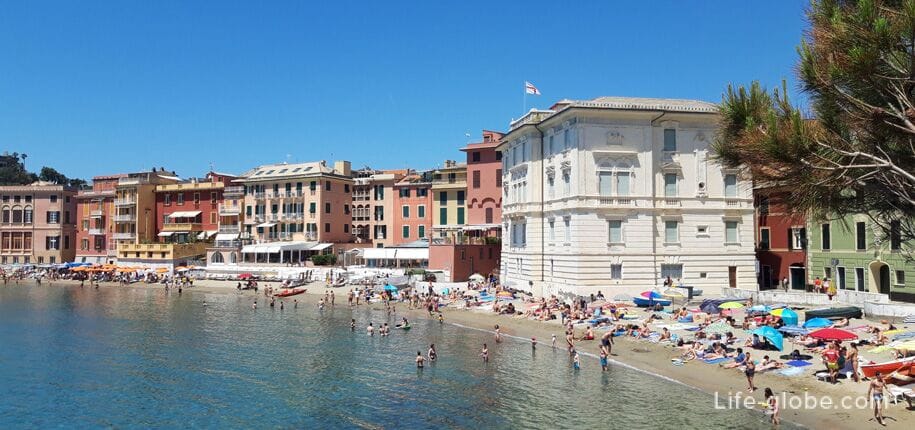
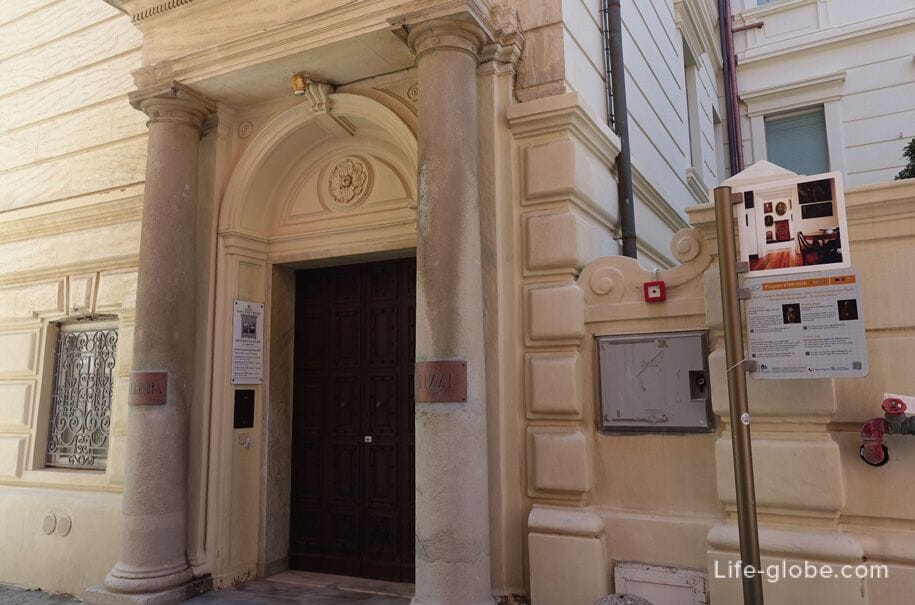
Church of the Immaculate Conception (Chiesa Dell'immacolata Concezione)
Church of the Immaculate Conception with the adjoining convent of the Capuchin friars (Cappuccini Convento Frati) of the 17th century, located on the slope of the massive Cape Manara (Punta Manara), on the North side of the beach in the Bay of Silence.
The Shrine was built in 1688 in a medieval style with a characteristic façade with black and white stripes.
Inside is a wooden statue of the 18th century the Immaculate Conception on the main altar, painting by Domenico Fiasella depicting the miracle of St. Anthony of Padua, and the canvas with the image of St. Felix Kastalskogo by the same artist.
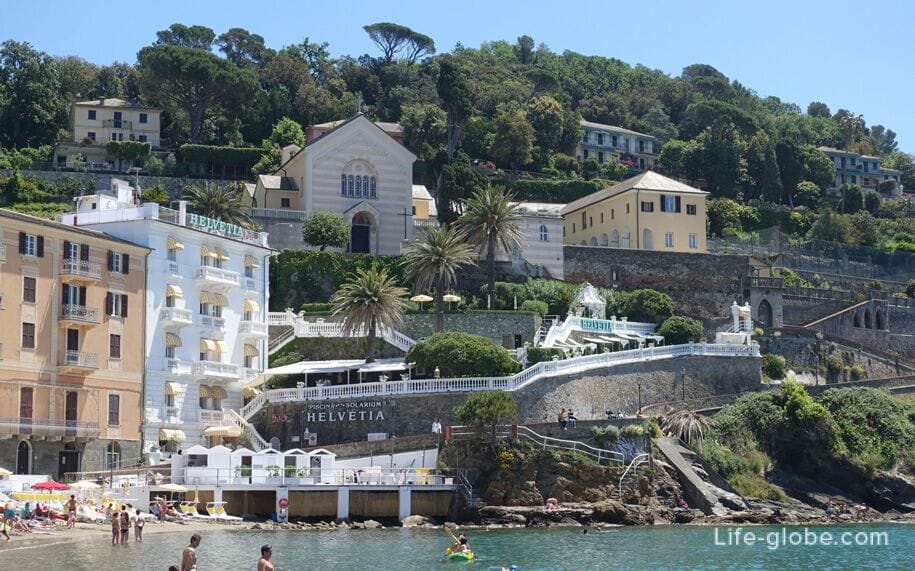
Fisherman sculpture
Sculpture of a fisherman pulling nets from the sea, located in the southern part of the beach of the Bay of Silence.
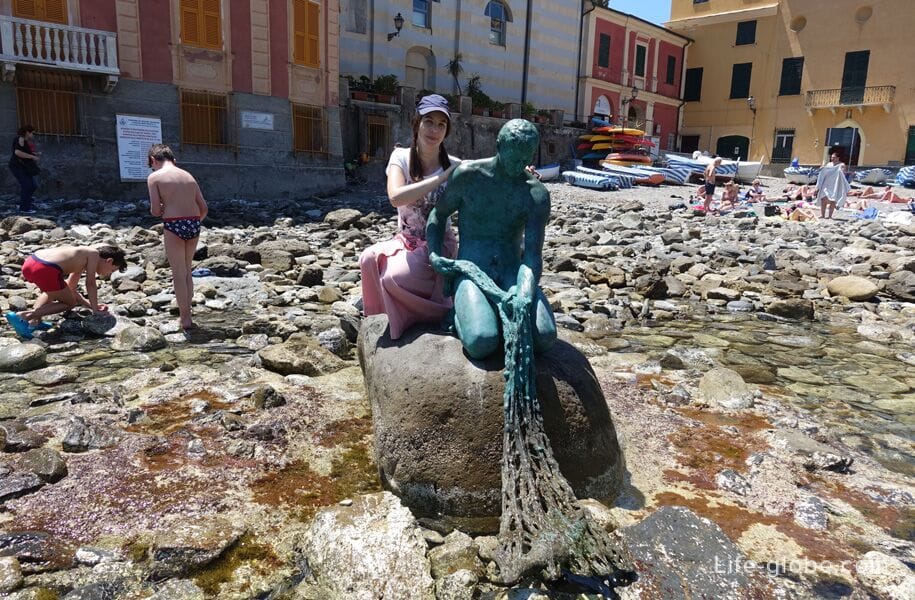
Annunciation monastery (Convento Dell'annunziata)
A former convent built in the 15th century, is located in the southern part of the Bay of Silence.
Currently, the monastery is the venue of cultural conferences and events (Ex Convento Dell'annunziata), which also has an observation deck (Panoramica Terrazza Dell'ex Convento Dell'annunziata) with views of the sea and the beach of the Bay of Silence.
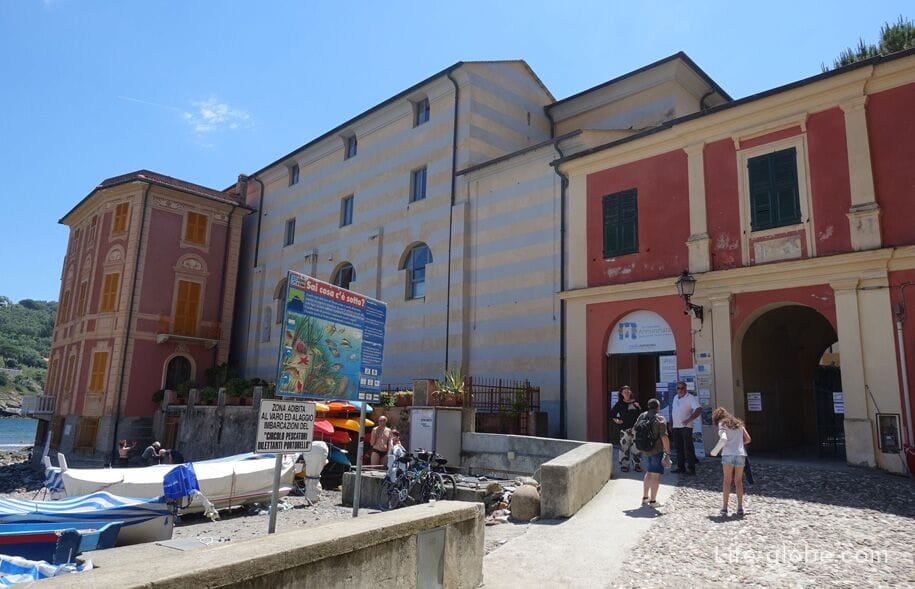
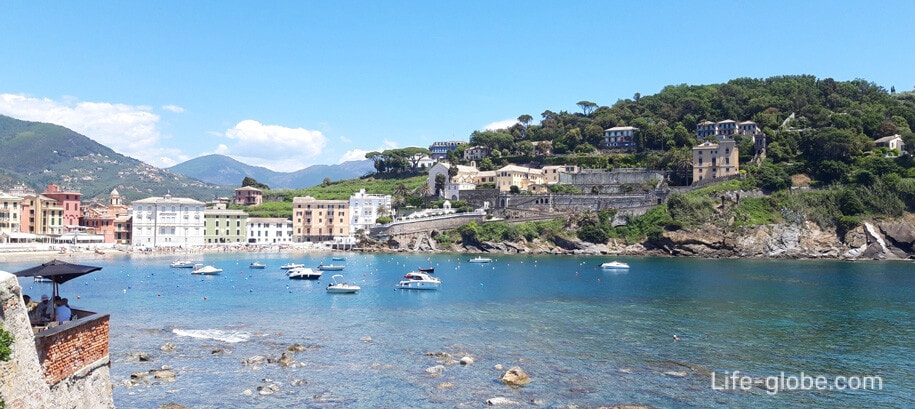
The Promontory Of Sestri Levante
The rocky cape of Sestri Levante (Sestri Levante peninsula), which separates the two gulfs of Sestri and stretches into the sea, is itself a landmark.
However, the Cape is remarkable:
- portal, surmounted by a scalloped canopy;
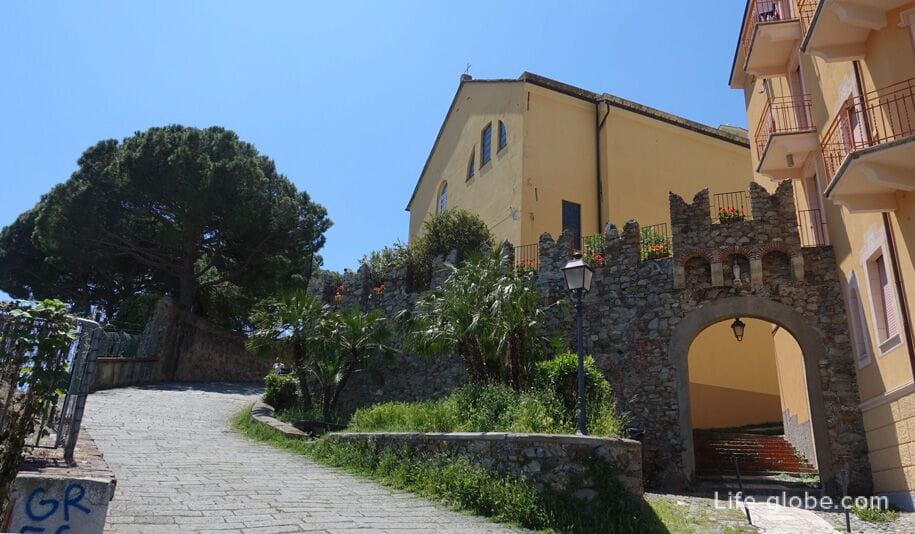
- open arena-theatre Concile (Teatro Arena Conchiglia) is located on a slope of the Cape;

- the ruins of the ancient Church of St. Catherine (Ruderi Dell'oratorio di Santa Caterina), built in 1578 and destroyed during the air bombings of world war II, 1944;
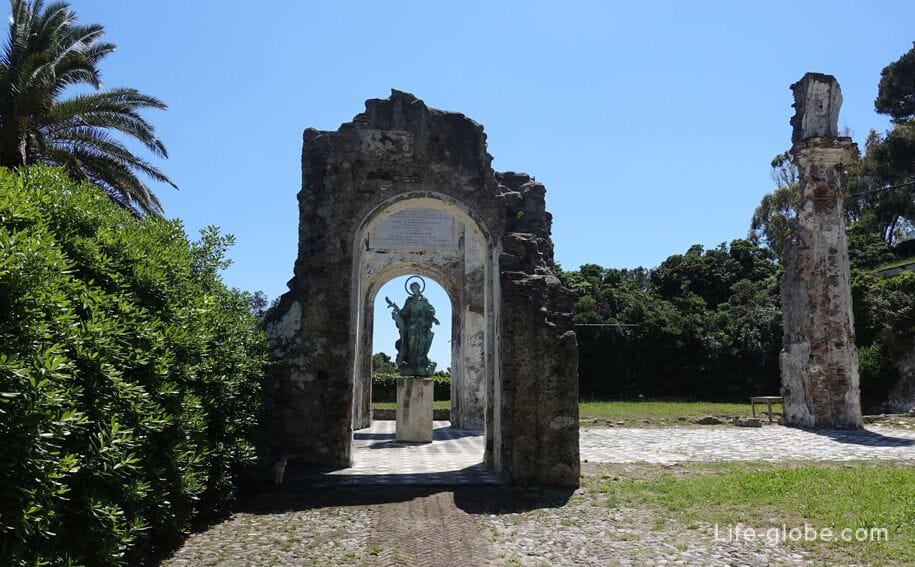
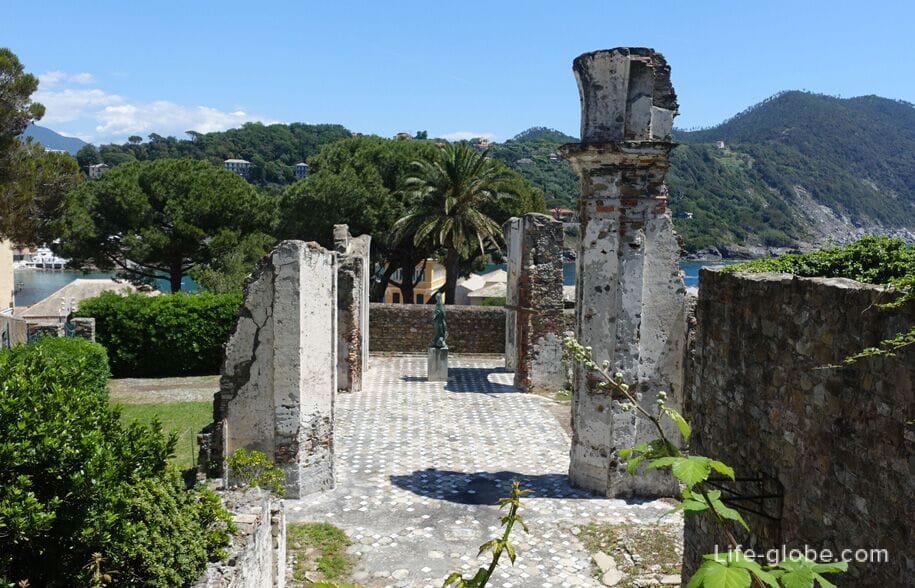
- Church of San nicolò Dell'isola (Chiesa di San Nicolò Dell'isola) or the Church of St. Nicholas, Dating back to 1151, was built most likely on the earlier and more primitive Shrine, built by the Colombian monks of Bobbio.
It is the oldest Church in Sestri, originally built in the Romanesque style and converted to Baroque style in the fifteenth century. Restorative interventions in 1912 and in 1928 returned to the ancient Church in its original appearance, eliminating part of the Baroque architecture.
Until the 17th century it was the main parish Church of the Sestri Levante, after which the main Shrine of the city was the Church of Santa Maria di Nazareth.
Church belfry with a pyramidal spire stands out and serves as a real decoration of the Church.
The interior is in the Gothic style, consists of three naves divided by columns with cubic capitals.


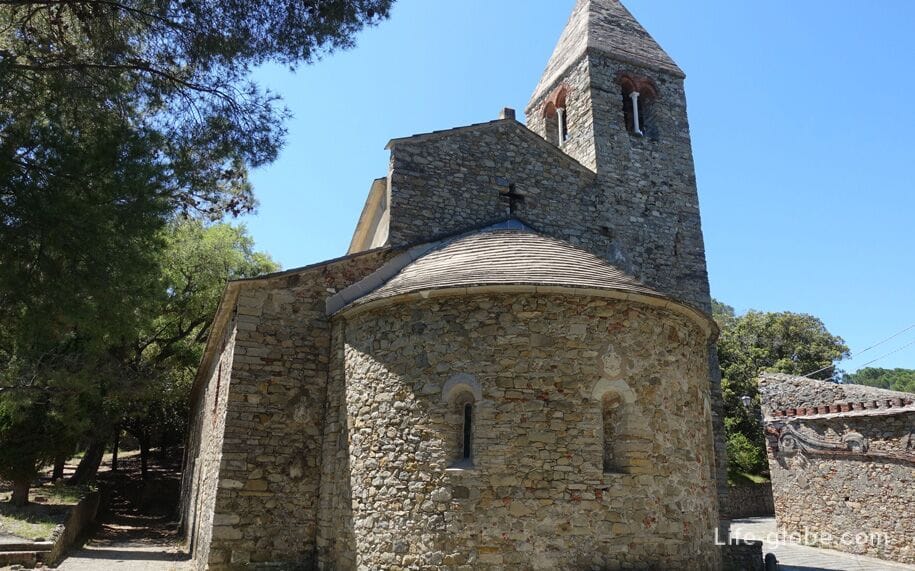
Near church there is a platform with vacation spots. From the platform views of a part of the gulf of Silence open;
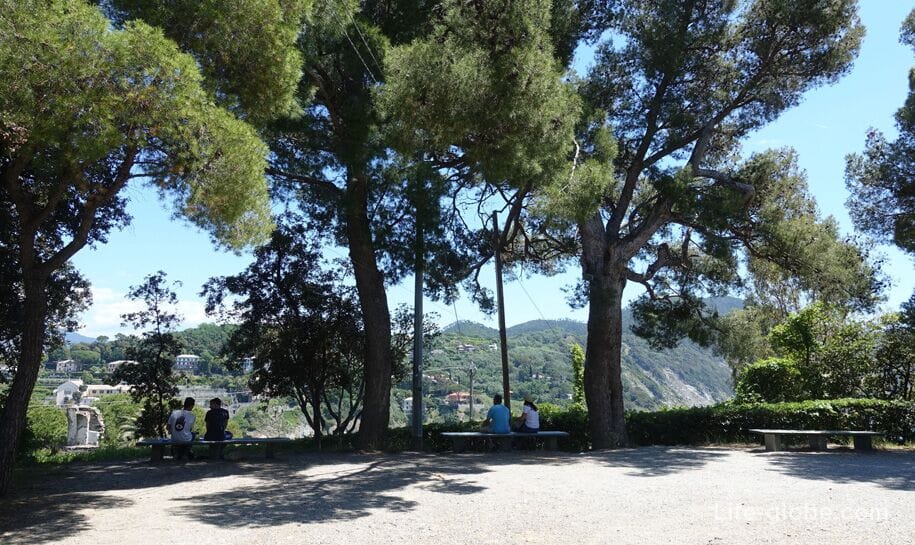
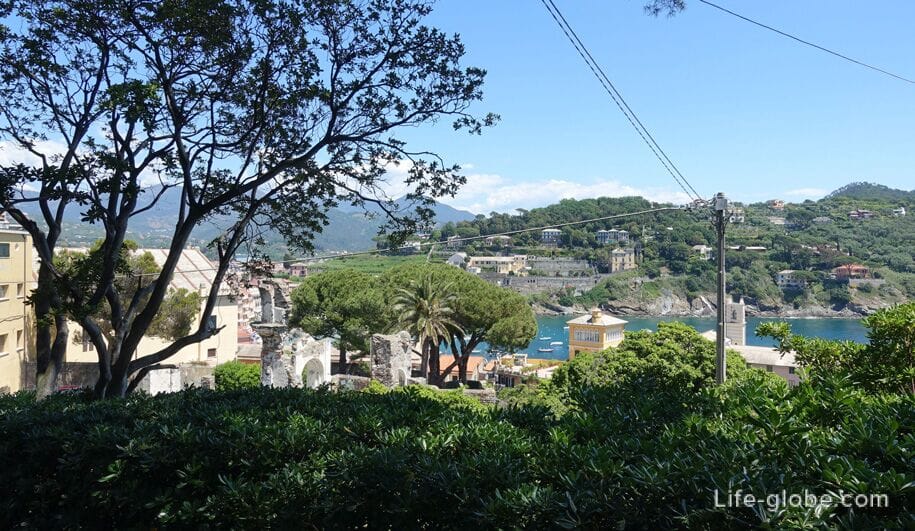
- Villa Gualino - a historic building, also known as the castle of Gualino (Castelli Gualino), which is a monument of history and architecture of Sestri.
The so-called "Castelli of Gualino" because it mimics an ancient medieval style, was built between 1925 and 1929 by order of the Piedmontese industrialist Riccardo Gualino.
Villa Gualino complex consisted of three buildings in the neo-medieval style. The main building of the castle (the “Castle of Cypresses” / Il Castello dei Cipressi) became the residence of the Gualino family, the castle of Lecci or the “Stone Oaks” (il Castello dei Lecci) became a guest house, and the castle of Agave (il Castello delle Agavi) was intended for servants as office space.
Around the Villa buildings was a large garden, overlooking the sea water and the surrounding area.
The whole complex of the Villa Gualino in 1950 was turned into the 4-star Grand Hotel Dei Castelli, which is at the present time.
The hotel has retained the external and internal structure of the castle, near the hotel is also located in the extensive gardens.
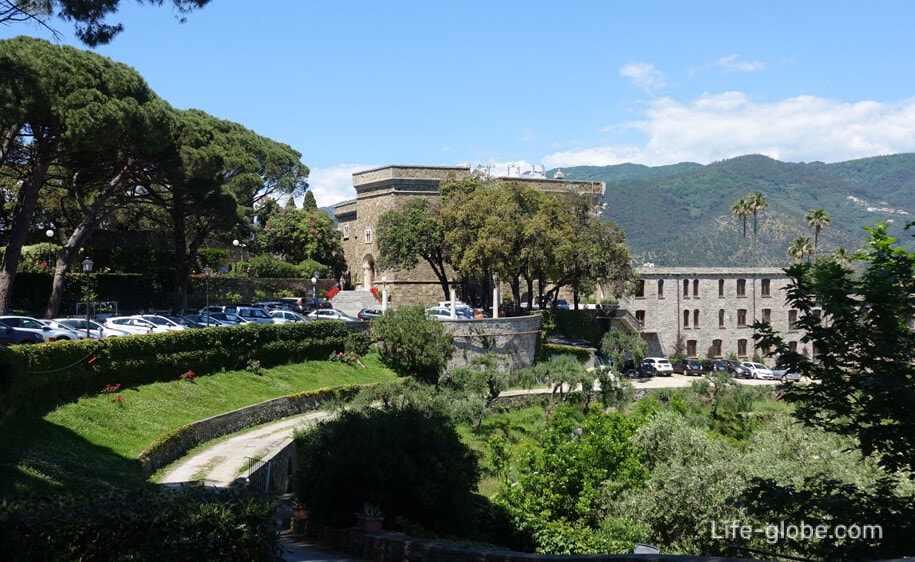
The hotel Dei Castillo has a private beach area, nestled among the rocky shores of the Peninsula, equipped with slopes into the sea and all necessary infrastructure.
The beach has a so-called natural swimming pool which was carved out of the space in the rocks where the sea water flows.
From the hotel to the beach and the port of Sestri Levante you can go down (and climb back) by Elevator. Link to hotel Villa Grand Hotel Dei Castelli
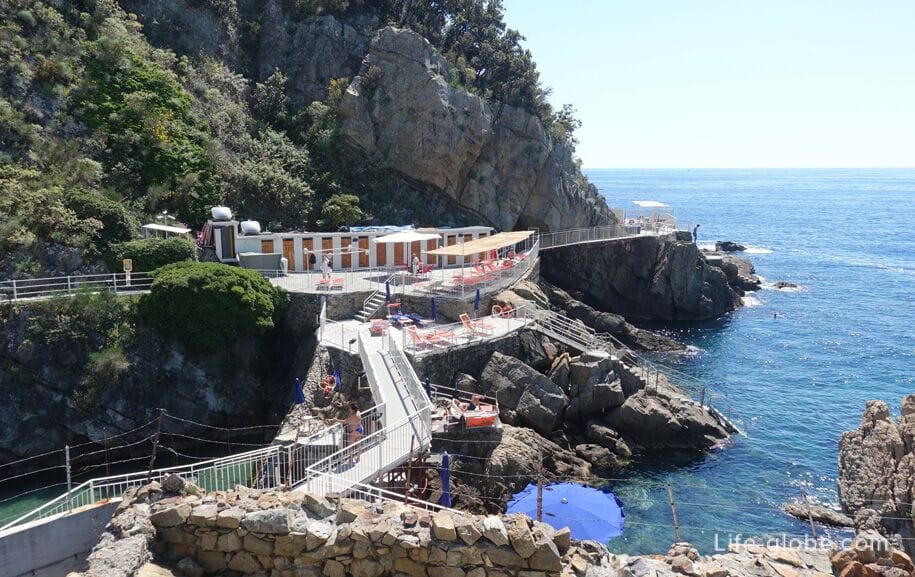
All accommodation in Sestri Levante it is possible to look and book here
Photos of the streets of the historic center of Sestri Levante
